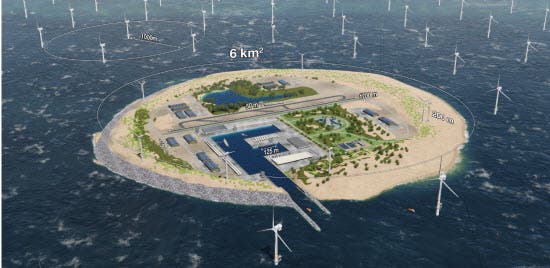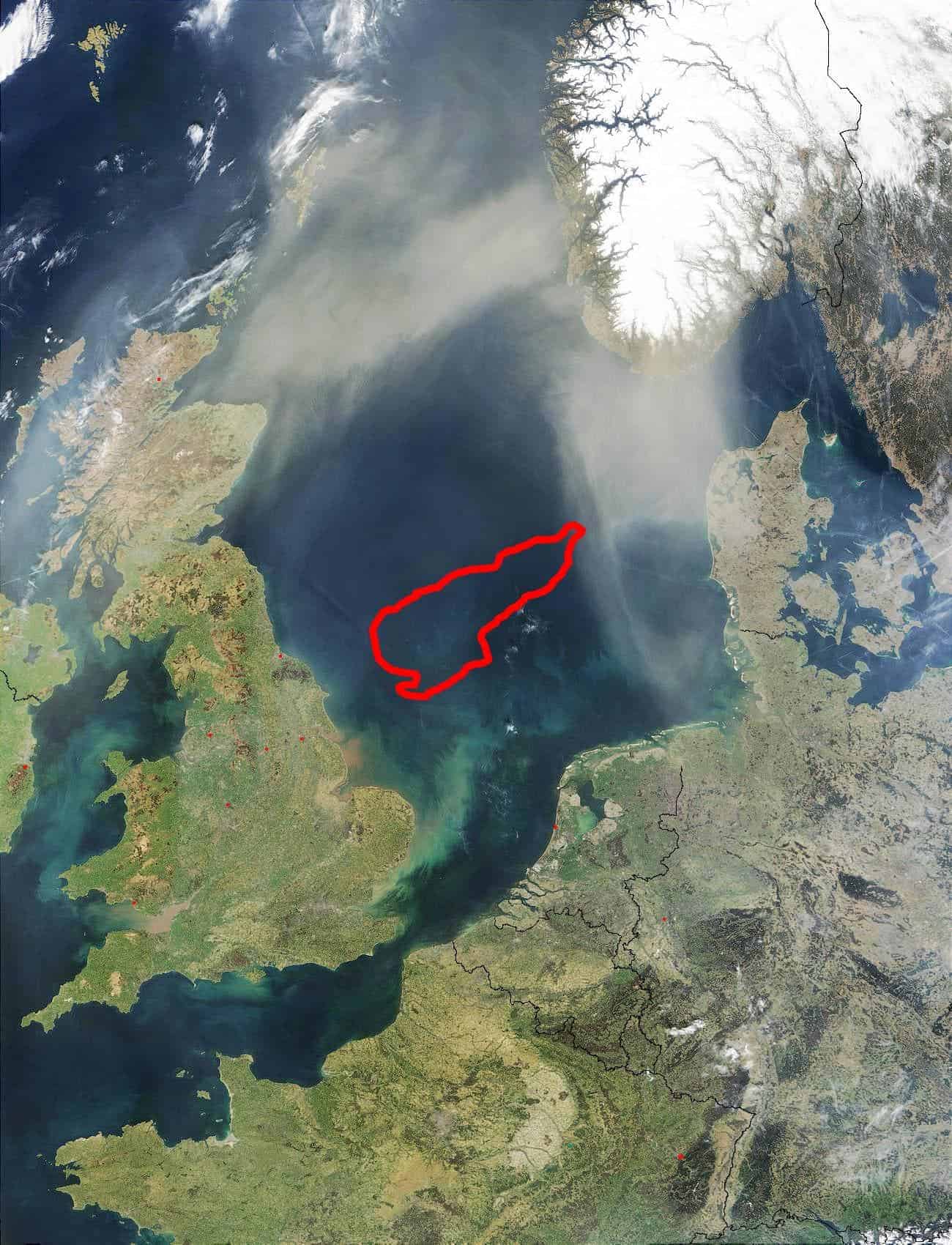With the effects of climate change looming, stakes are high to switch to renewable energy as quickly as possible. In the 2015 Paris Agreement, European countries made pledges to cut greenhouse gas emission 80-95% compared to 1990 levels by 2050. In a bold stride towards these goals, three energy companies, Energinet.dk from Denmark and the Netherland and German branches of TenneT, will join forces to create a renewable energy paradise in the North Sea. They will build an artificial island to act as an energy hub for surrounding wind farms. Images of the plan can be found here.
https://www.youtube.com/watch?v=NI0sbiCNXtA
What the island, and its surroundings, will look like. Credits: TenneT
This cooperation is heading in the right direction to achieve European energy goals. It’s harder for individual countries to reach these energy targets on their own. These companies will sign an agreement on March 23rd in Brussels to cement this deal.

Offshore wind has in recent years proved to be increasingly competitive and it is important to us to constantly focus on further reduction in prices of grid connections and interconnections. We need innovative and large-scale projects so that offshore wind can play an even bigger part in our future energy supply— Peder Østermark Andreasen, CEO of Energinet.dk

One or more islands will be built on the sand bank called Dogger Bank. This location is strategic because energy can be easily distributed to the Netherlands, Denmark, Germany, Great Britain, Norway, and Belgium. Wind conditions here are optimal and the water is shallow. Thousands of at-sea wind turbines would be connected to this island, called the Power Link, ideally generating between 70,000 to 100,000 MW. The project is designed to be as cost-efficient as possible.

In addition to acting as an energy hub, the six square kilometers (2.3 square miles) island will also host solar panels. The idea is that the large scale solar and wind energy sources will complement each other. In the summer months, the solar panels will produce more energy, while in winter months the wind turbines will be more productive. The island will also host a harbor, airstrip, and houses.
The ultimate goal is to contribute to a completely renewable energy supply in northwest Europe by creating enough energy for more than 80 million people. This project will also make renewable energy more affordable. An efficient power island is definitely an interesting prospect, and one which might make a difference.


